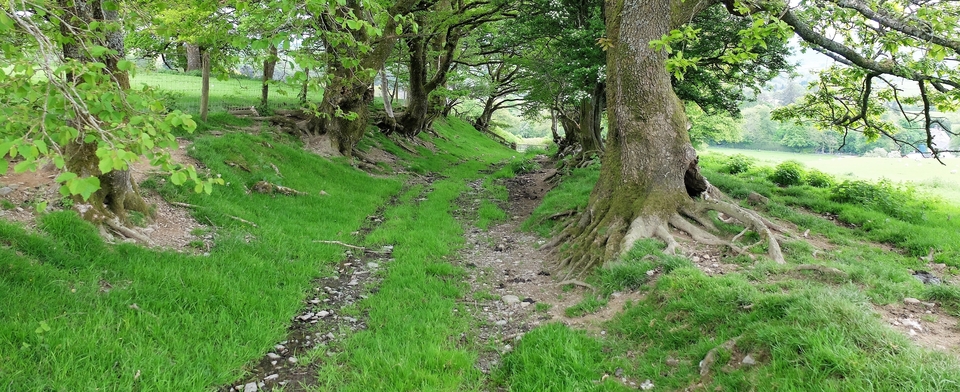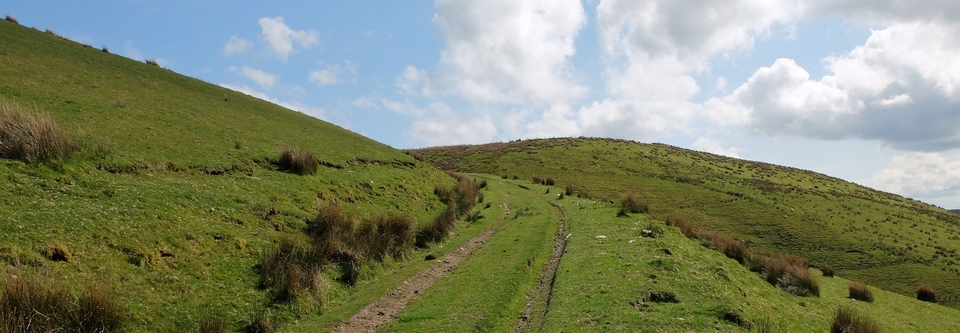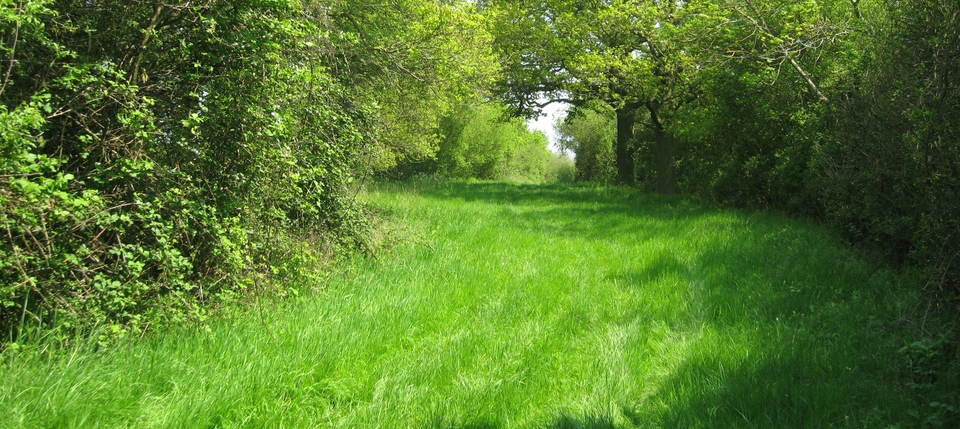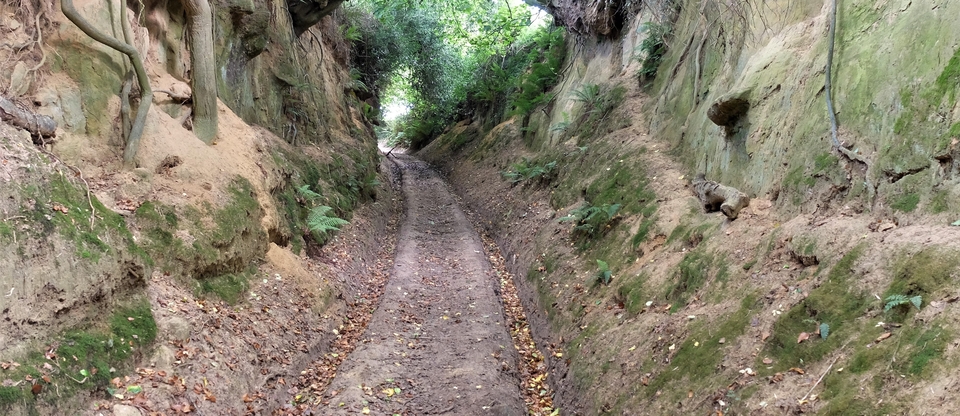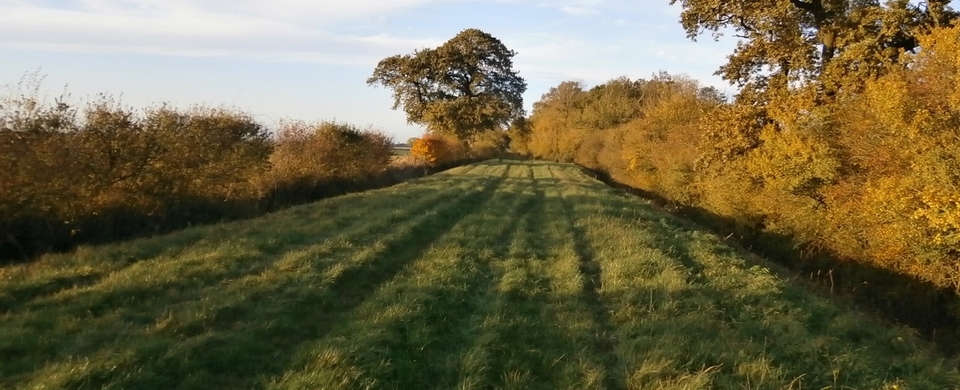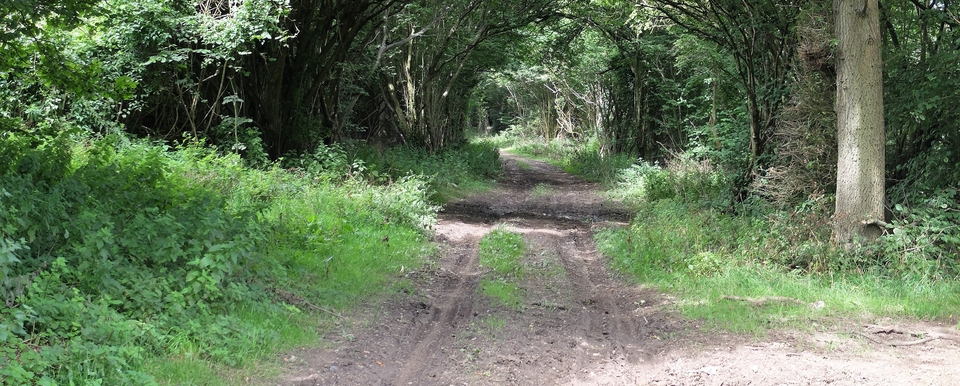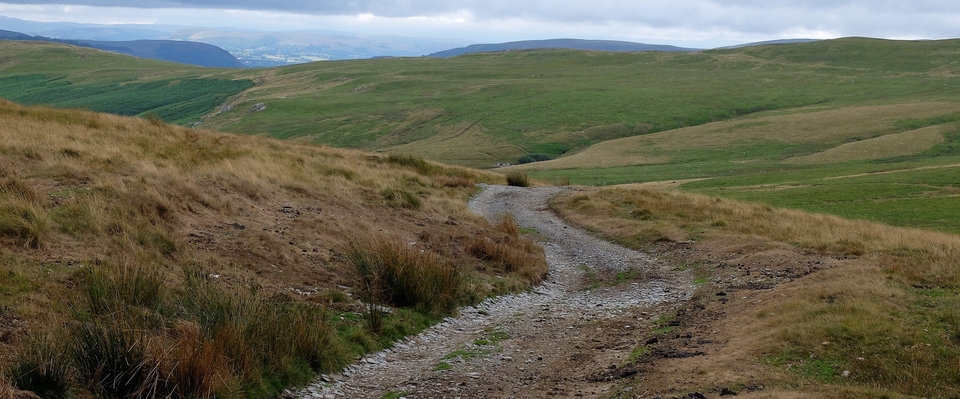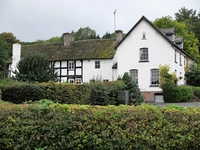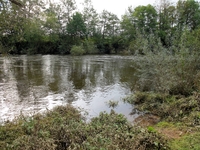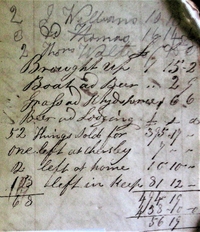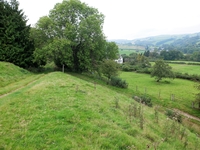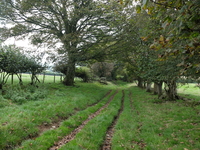Rhydspence Inn
I've written a bit about the famous Rhydspence Inn (#1) already, under the Wales tab. (Don't ask.) What I didn't mention was its age and the origin of its name.
It has been there (SO 243473) – and possibly trading as an inn – since 1380, according to the landlord. Built possibly by the Vaughn family of Hergest, it was originally two-storeyed at one end with, at the other end, a large barn and a central open fire. Its first customers, in the days when droving was too dangerous a pastime to contemplate in The Marches, would have been pilgrims on their way to Hereford Cathedral.
Rhydspence became a gathering point for Welsh drovers probably – hate that word as much as possibly, but evidence is thin – at the end of the 16C under the stewardship of Thomas Watkins. “Rhyd” is Welsh for river-crossing, so the name was a sort of advert for drovers wanting to go south-east across the Wye and over Merbach Hill to Bredwardine in an effort to avoid the tolls on the Hereford Road. The crossing-point opposite the inn is clear to see (#2) and it was easy to walk the beasts across during a dry spell in summer. (The ferry would have been expensive and time-consuming.)
(The Rhydspence was an important cattle-shoeing station: the metalled roads of England would be too hard on the beasts'unprotected feet.)
The origin of the second syllable -spence is disputed. My favourite theory is that it means, apart from the s, what it says: the inn had 140 acres of its own, divided up into penny fields and halfpenny fields for cattle and sheep accommodation. (Penny per head for cattle & halfpenny for sheep, probably.) As evidence for this I found a page from Roderick's account book of 1838/9 (#3).
It's easy to establish the species of the "Things" Roderick was referring to in the fourth line from the end: if "things" were selling for £5-6 a head, they had to be cattle. (Sheep were well under £1, sometimes little more than 10/=.) So, what do we have...?
...He paid 6/6d (78d) for grass at Rhydspence – hope that dash in the pound column is only a scribble, otherwise he paid a fortune. If you assume that all the beasts mentioned at the bottom of the page were accommodated at Rhydspence before selling (52) or failing to sell (16) then we have 68 beasts to pay for. (I cannot in honesty add in the 7 at the top because I have no idea how they fit in, though their being in a different hand is probably immaterial. I suppose "beer & lodging", which isn't costed, might have made up the difference but on previous trips he paid on average 2/6d for that, far too much of the total.)
So, I've just failed to prove what I set out to; but it was close.
We actually walked south to Rhydspence from Newchurch via Offa's Dyke, alias Red Lane. It's a great track & must have been used by many drovers aiming for the inn (#4,5). Our curiosity was aroused by “The Bush” at So 229491. Curious name for a house, common name for an inn: in medieval, illiterate times didn't they use a bush to signify an inn…? I'm in touch with the Brilley Parish Council to find out.
